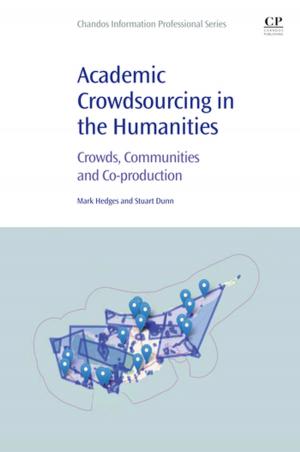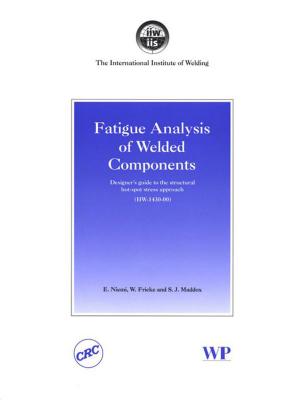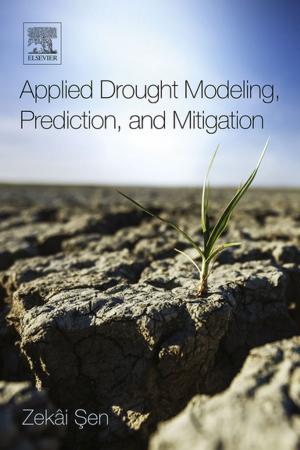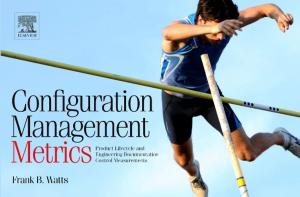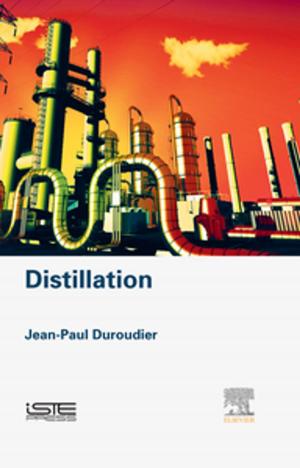Membrane Separation Principles and Applications
From Material Selection to Mechanisms and Industrial Uses
Nonfiction, Science & Nature, Science, Chemistry, Analytic, Technology, Engineering, Chemical & Biochemical| Author: | ISBN: | 9780128128169 | |
| Publisher: | Elsevier Science | Publication: | September 7, 2018 |
| Imprint: | Elsevier | Language: | English |
| Author: | |
| ISBN: | 9780128128169 |
| Publisher: | Elsevier Science |
| Publication: | September 7, 2018 |
| Imprint: | Elsevier |
| Language: | English |
Membrane Separation Principles and Applications: From Material Selection to Mechanisms and Industrial Uses, the latest volume in the Handbooks in Separation Science series, is the first single resource to explore all aspects of this rapidly growing area of study. Membrane technology is now accepted as one of the most effective tools for separation and purification, primarily due to its simple operation. The result has been a proliferation of studies on this topic; however, the relationships between fundamental knowledge and applications are rarely discussed. This book acts as a guideline for those who are interested in exploring membranes at a more progressive level.
Covering methods of pressure driving force, partial pressure driving force, concentration driving force, electrical potential driving force, hybrid processes, and more, this volume is more complete than any other known resource on membrane separations.
- Covers membrane material selection, membrane fabrication, membrane characterization, separation mechanisms and applications in each chapter
- Authored by contributors who are internationally recognized as experts in their respective fields
- Organized by the driving force behind each type of membrane separation—a unique approach that more clearly links fundamental principles with their dominant applications
Membrane Separation Principles and Applications: From Material Selection to Mechanisms and Industrial Uses, the latest volume in the Handbooks in Separation Science series, is the first single resource to explore all aspects of this rapidly growing area of study. Membrane technology is now accepted as one of the most effective tools for separation and purification, primarily due to its simple operation. The result has been a proliferation of studies on this topic; however, the relationships between fundamental knowledge and applications are rarely discussed. This book acts as a guideline for those who are interested in exploring membranes at a more progressive level.
Covering methods of pressure driving force, partial pressure driving force, concentration driving force, electrical potential driving force, hybrid processes, and more, this volume is more complete than any other known resource on membrane separations.
- Covers membrane material selection, membrane fabrication, membrane characterization, separation mechanisms and applications in each chapter
- Authored by contributors who are internationally recognized as experts in their respective fields
- Organized by the driving force behind each type of membrane separation—a unique approach that more clearly links fundamental principles with their dominant applications

